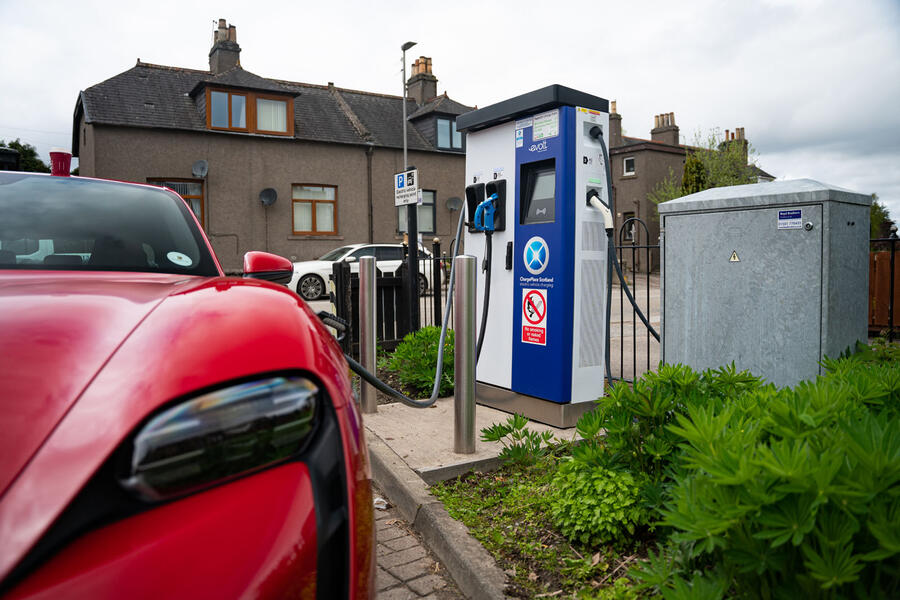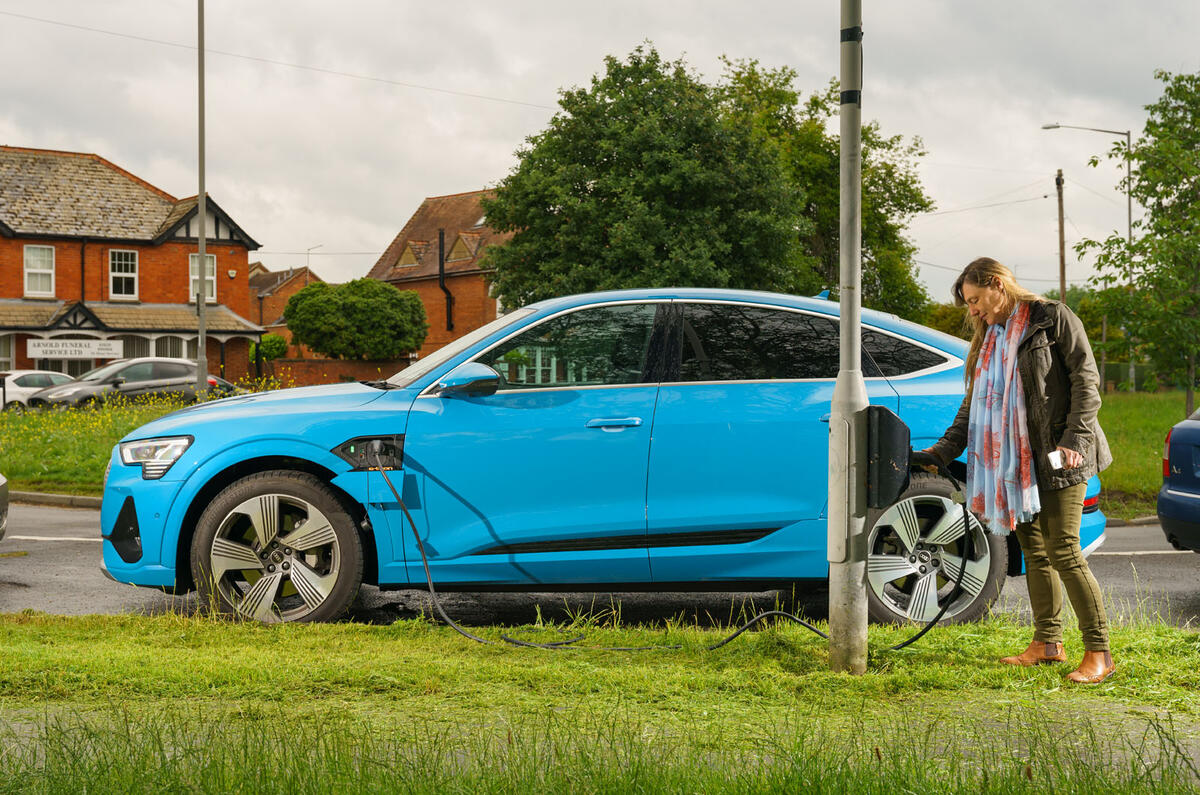HMRC has confirmed its new methodology for calculating advisory electric rates (AERs) for business drivers using EVs.
It told Autocar Business that it will use figures published in the Office for National Statistics (ONS) quarterly index for domestic electricity, which forms part of the Consumer Price Index.
“The methodology used to calculate the Advisory Electric Rates was adjusted to incorporate figures published in the Office for National Statistics quarterly index for domestic electricity,” said an HMRC spokesperson, via email.
Senior members of the fleet industry were unaware of exactly how HMRC would calculate AERs since it moved from annual to quarterly reviews in December 2022. At the time, Paul Hollick, chair of the Association of Fleet Professionals (AFP), said: “We still don’t know where they are going to get their data to do it quarterly.”
Responding to the use of ONS figures, he said he was “pleased that they’re using industry indices” but planned to compare it with the outgoing process to see how much difference it would make.
AERs were introduced in 2018 as a simple way to refund business mileage for electric car drivers – the EV equivalent of advisory fuel rates (AFRs) for petrol and diesel cars. They were previously issued in November and based primarily on data from the Department for Business, Energy and Industrial Strategy (BEIS).

HMRC contacted Autocar Business after this story was originally published, to clarify that it would still use BEIS data as part of the calculation.
“The AER value will continue to be calculated using the figures from BEIS and DfT, but will now be adjusted quarterly using the ONS energy figures.”








Add your comment